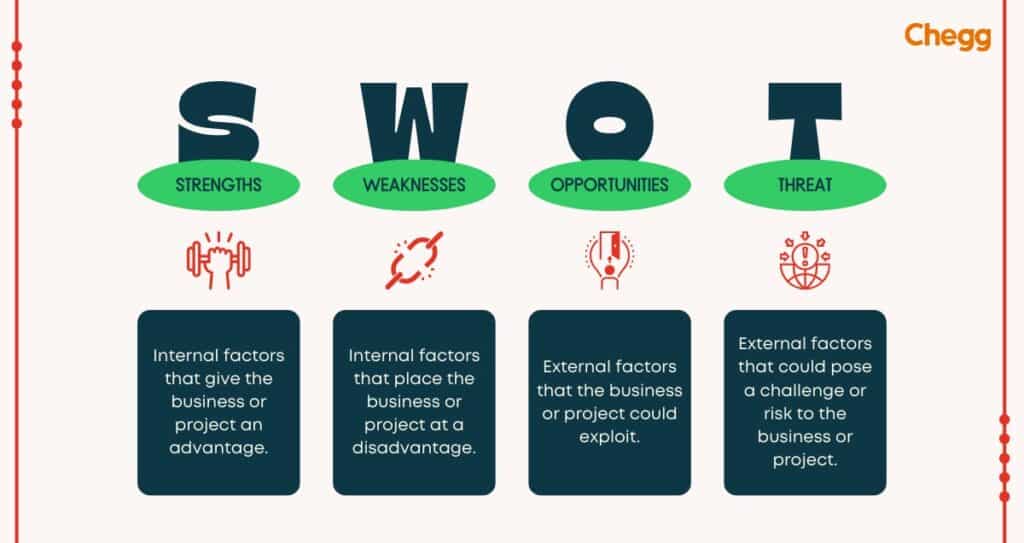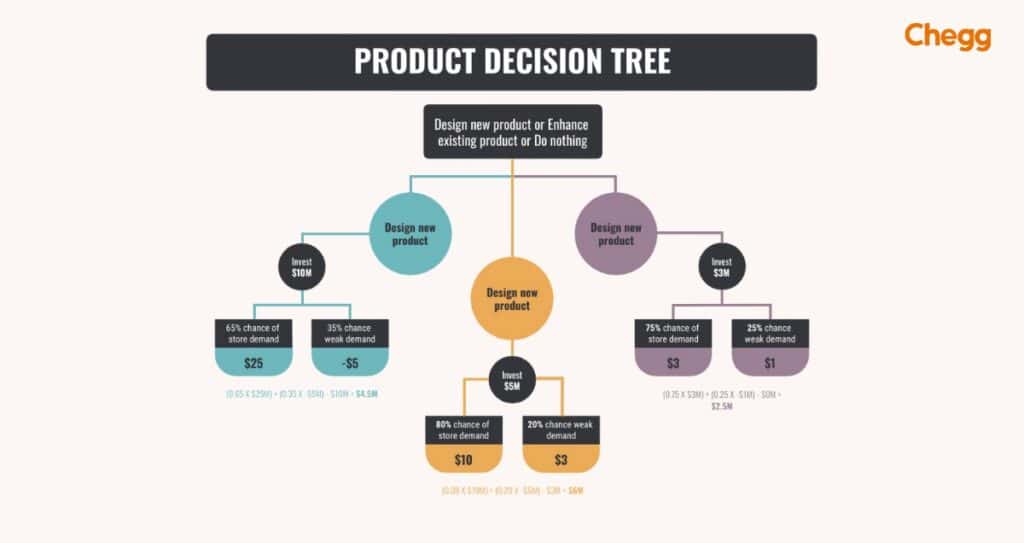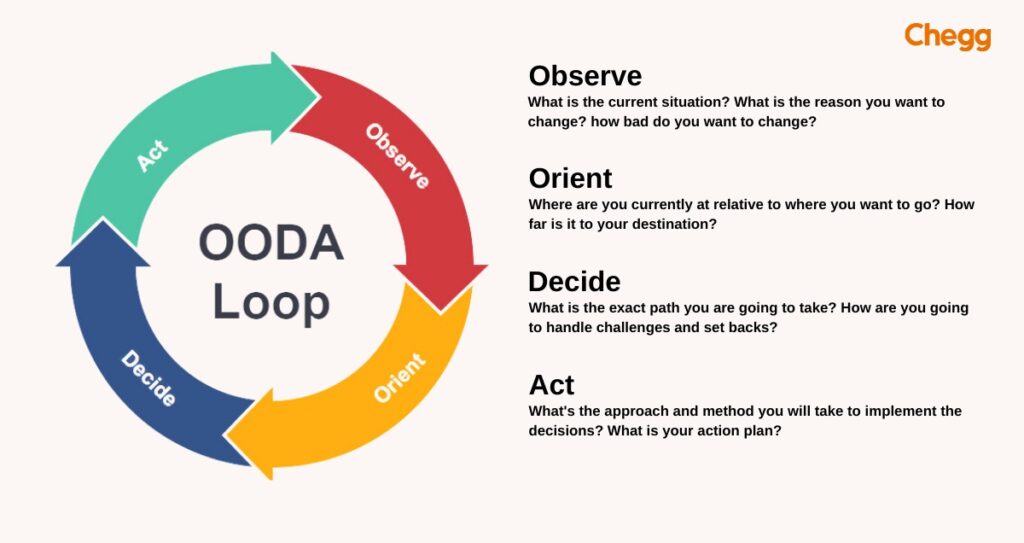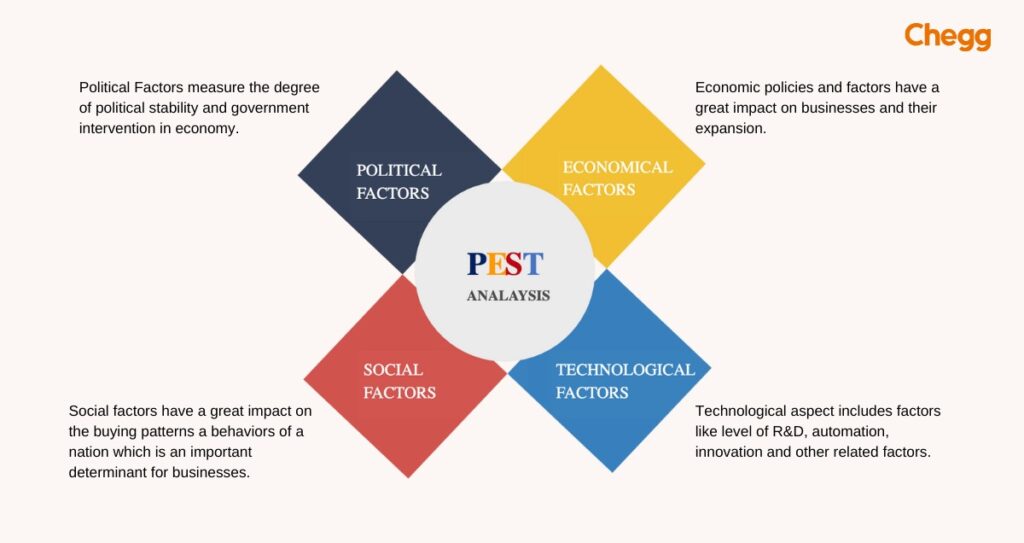Use These Top 6 Strategic Decision-Making Frameworks to Up Your Corporate Game


Quick Summary
- Strategic decision-making frameworks can help businesses make informed, effective choices in challenging situations.
- Learn about top frameworks like SWOT analysis, decision trees, and the OODA loop to elevate your corporate strategy and stay ahead of the competition.
- By mastering these tools, you can ensure your business thrives, no matter the obstacles.
Table of Contents
Success in the corporate world hinges on one thing: Strategic decision-making. In fact, studies show that 57% of businesses that adopt structured decision-making frameworks outperform their competitors in long-term profitability and innovation. Think about it: what if you had a set of tools that could help you not only fly through challenges but also make well-informed, calculated moves that would give your company a competitive edge? Introducing strategic decision-making frameworks.
These frameworks will help you navigate through all corporate challenges by providing a framework to analyze the problems, predict outcomes, and implement solutions. Whether you’re dealing with a product launch, a market expansion, or managing internal operations, strategic decision-making ensures your business stays on course.
In this blog, we’ll explore the most effective frameworks that can transform the way you approach problems, empowering you to make smarter, faster, and more impactful decisions.
Top 6 Strategic Decision-making Frameworks You Must learn Today!
Here are the six strategic decision-making frameworks you must discover today:
1. SWOT Analysis

One of the most popular strategic decision-making frameworks is the SWOT; Strengths, Weaknesses, Opportunities, and Threats. This framework helps businesses take a step back and evaluate their current situation objectively.
‘Strengths and weaknesses’ are the internal factors of the company, such as the market position of the organization and it’s resources, while ‘opportunities and threats’ are external factors, such as emerging trends and competitor’s profit.
By identifying these four areas, companies can create a clear picture of where they stand, making strategic decision-making easier. For example, if a company’s strength is its innovative product but its weakness is lack of marketing expertise, leaders can decide to invest more in advertising to exploit upcoming market opportunities.
2. Visualize Your Options through Decision Tree Framework

The decision tree framework is another powerful tool for strategic decision-making. It helps leaders visualize their choices ahead of time and see the potential outcomes of each option. Imagine having a roadmap in front of you, clearly showing which path leads to success and which to avoid.
The decision tree framework breaks down complex decisions into smaller, manageable parts, each with its possible outcomes. This allows decision-makers to understand the risks and rewards of each options in a more structured way, leading to better strategic decision-making.
For instance, when deciding to expand into a new market, the decision tree can help visualize different scenarios, like potential profit, costs, and competition. By seeing the possible results of each path, companies can confidently make informed decisions that align with their goals.
3. OODA Loop: Stay Alert and active in Changing Conditions

In fast-moving industries, staying flexible and responsive is key. The OODA loop framework, which stands for Observe, Orient, Decide, and Act, is perfect for companies looking to stay ahead in the changing markets.
Strategic decision-making using the OODA loop starts with observing your environment, competitors, and market changes. Then, you orient by analyzing the situation, decide on the best course of action, and finally act on it. This cycle repeats as new information emerges.
The OODA loop helps businesses make faster decisions while continuously refining their strategies. For example, in the tech industry, where new advancements can change the game overnight, the OODA loop allows companies to react quickly and adjust their strategies to stay competitive.
4. The Eisenhower Matrix: Prioritize with Precision

One of the biggest challenges in strategic decision-making is knowing which tasks to prioritize. The Eisenhower Matrix simplifies this by dividing tasks into four categories:
1. Urgent and Important
2. Not Urgent but Important
3. Urgent but Not Important
4. Not Urgent and Not Important
This framework helps decision-makers focus on what truly matters and avoid wasting time on distractions. In a corporate setting, leaders often juggle multiple tasks and projects. By using the Eisenhower Matrix, you can easily identify which tasks require immediate attention and which can be delegated or postponed. It’s a perfect tool for improving productivity and making strategic decisions on time management.
5. The Six Thinking Hats: Look at Problems from Different Angles
Designed by Edward de Bono, the Six Thinking Hats framework encourages teams to look at a problem from six different perspectives:
- White Hat: Facts and data
- Red Hat: Emotions and intuition
- Black Hat: Caution and risks
- Yellow Hat: Optimism and benefits
- Green Hat: Creativity and new ideas
- Blue Hat: Control and process
This framework encourages decision-makers to consider multiple viewpoints,and ultimately decide with a more strategic decision-making. When used effectively, it ensures that all aspects of a situation are considered before arriving at a final decision.
6. PEST Analysis: Analysis of the External Factors

PEST analysis is another great tool for strategic decision-making, focusing on external factors that can impact a business. PEST stands for Political, Economic, Social, and Technological factors.
By analyzing these areas, companies can anticipate changes in the market and adjust their strategies accordingly. For instance, understanding new government regulations or economic trends can help businesses stay ahead of the curve and make better strategic decisions.
Wrapping up
Strategic decision-making is not just about making choices; it’s about making the right choices by using the right tools. Frameworks like SWOT analysis, decision trees, the OODA loop, and others, businesses can improve their strategic decision-making process and excel in the corporate games. These frameworks provide clarity, structure, and guidance in uncertain situations, helping companies avoid costly mistakes and capitalize on opportunities.
Incorporating strategic decision-making into your corporate strategy is a game-changer. The next time you’re faced with a tough decision, remember to lean on these frameworks to ensure you’re making the smartest move possible.
Also Read:
Time Management at Workplace: Best Way to Boost Your Productivity
How to Be Productive and Maximize Your Potential: 16 Tips for Improving Productivity
To read more related articles, click here.
Got a question on this topic?